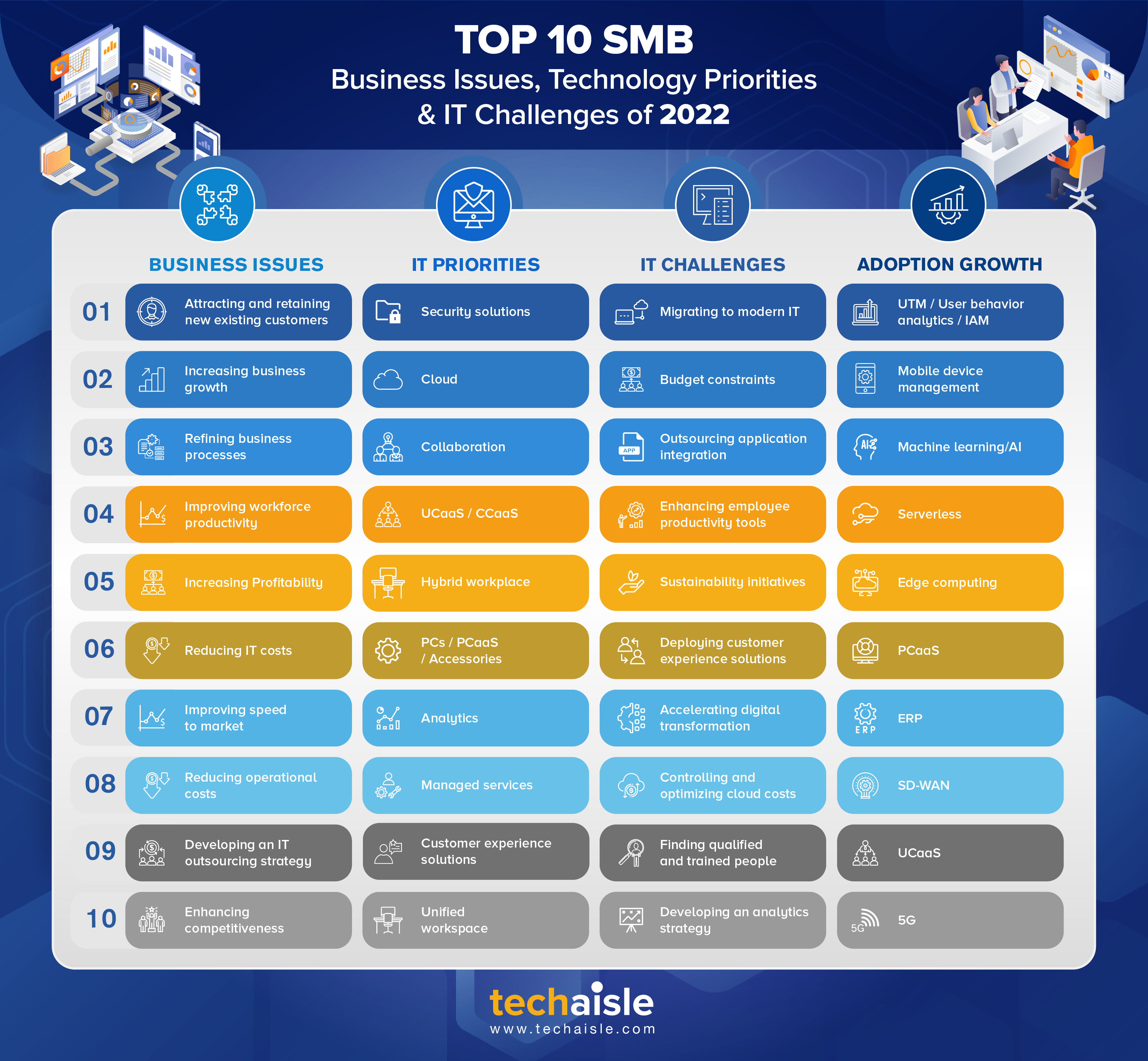Coding is not everyone's inclination, yet there is a need to rapidly automate new workflows, generate new insights from scattered datasets, drive competitive advantage, improve customer interactions and make operational improvements. Low-code/no-code platforms such as Quickbase, Airtable, Microsoft Power platform, and Salesforce Lightning aim to equip and empower business users to be self-sufficient and agile to achieve their business objectives. But Zoho Creator Platform is different. It effortlessly enables both business and IT users to pursue their individual interests and is very well suited for the SMB and midmarket segments. It replaces the band-aiding of work processes with a permanent yet elastic fix to improve organizational efficiency. Business users can spin up applications. If IT needs to add additional complexity, the IT team can develop that through custom capabilities. Developers can write, store, and execute reusable code blocks in the Zoho Creator Platform using Deluge or Java or Node.js. These functions encourage IT and business teams to work together to build scalable and easily maintainable enterprise-ready apps faster. Developers can now launch solutions in different environments of choice—development, staging, or production, with a single click based on the application's readiness.
Most people associate Low-code with spreadsheet replacement, email replacement, automating, and digitizing them. Instead, the Zoho Creator Platform aims to help recreate processes to leverage everything a local platform can do in mobile, analytics, and governance.
Zoho Creator was introduced 15 years ago as an online database. Its latest version, Zoho Creator Platform, announced on March 3, 2022, aims to empower everyone to build applications solutions with a unified platform quickly. Specifically in the SMB and midmarket firms, IT is overloaded and has less time to codify new processes and modernize existing ones. Regardless, most organizations do not have well-defined business processes and want flexibility.














